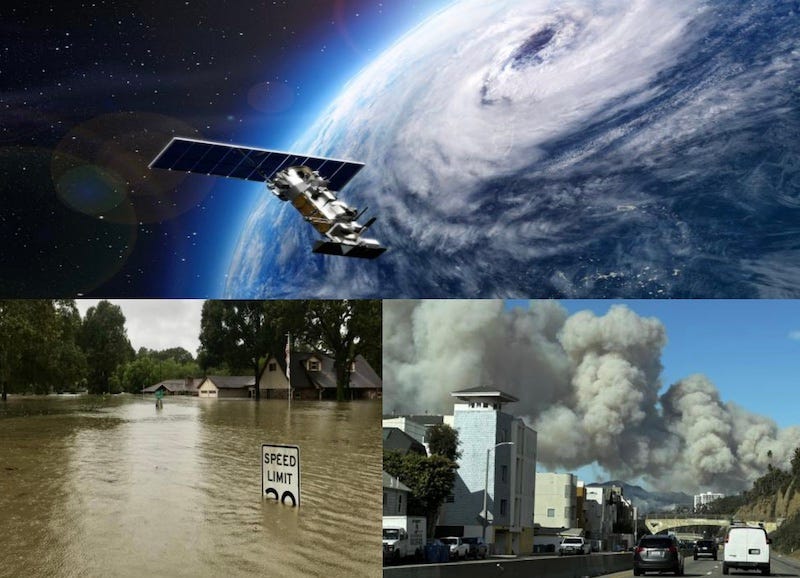SIA Report Stresses Importance of Satellites During National Disasters
Encourages Policymakers and Emergency Planners to Strongly Consider the Resilience of Satellite Services
With the Atlantic hurricane season beginning in less than six weeks, the Satellite Industry Association (SIA) is encouraging policy and lawmakers to continue considering the vital role satellites play in providing communications and other important services before, during and after a natural disaster. The Association summarized the various services sate…
Keep reading with a 7-day free trial
Subscribe to The Journal of Space Commerce to keep reading this post and get 7 days of free access to the full post archives.



